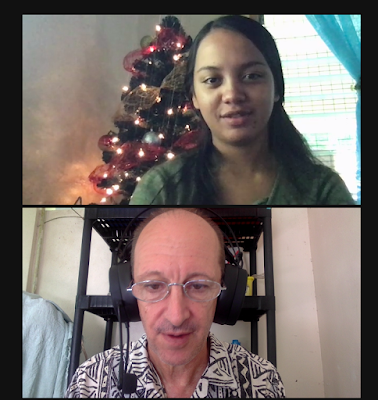Assessing learning in ESS 101w Walking for Fitness

ESS 101w serves four course level student learning outcomes: 1.0 Physical fitness Explain physical fitness and wellness, as well as their importance to overall health, disease prevention, and athletic performance and value regular physical activity and its contribution to a healthful lifestyle. 2.0 Physical activities Identify fitness components and perform the physical tests to determine strengths and weaknesses necessary to perform a variety of physical activities. 3.0 Exercise regimes Design and demonstrate exercise regimes appropriate to improve health, physical fitness, and athletic performance. 4.0 Values and effects Demonstrate the values and effect of walking skills needed to gain wellness, physical fitness and to maintain healthy lifestyle. The four course level outcomes serve two general education program level outcomes: Gen Ed 5.1 Determine healthy lifestyles by describing the value of physical activity to a healthful lifestyle and participating in regular physical activ





